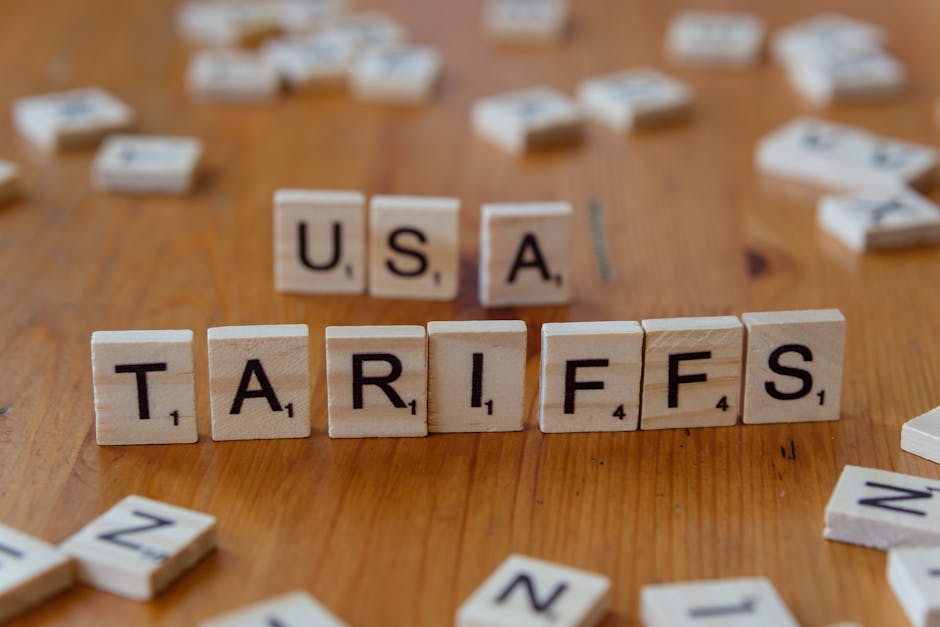The Tug of War Over Tariffs: A Deep Dive into Trump's Trade Policies and Judicial Repercussions

The Tug of War Over Tariffs: A Deep Dive into Trump's Trade Policies and Judicial Repercussions
In the complex arena of international trade, the imposition of tariffs has always been a contentious issue. The recent ruling by the U.S. Court of Appeals, which curtailed former President Donald Trump's ability to unilaterally impose tariffs, marks a critical juncture in U.S. trade policy and constitutional law. This development not only challenges past actions but also sets a significant precedent for the separation of powers in governmental trade decisions.
The Genesis and Judicial Response to Trump's Tariffs
Background: Beginning in February 2025, Trump, leveraging the International Emergency Economic Powers Act (IEEPA), imposed a 10% tariff on all trading partners, escalating further for those with significant trade deficits. This bold move aimed at rectifying trade imbalances quickly spiraled into a complex legal battle as these tariffs faced challenges in the court.
Court Rulings: By August 2025, the narrative took a decisive turn when the Federal Circuit found that the president had overstepped his bounds. The core assertion was that tariff imposition is a Congressional prerogative, thus sparking a debate about the extent of executive power in economic matters.
Economic Repercussions and Regional Impact
The tariffs, while temporarily filling federal coffers with approximately $159 billion by mid-2025, also increased household expenses significantly, ranging from $1,200 to $2,800 annually due to heightened import prices. This financial strain was felt unevenly across the nation, with certain regions bearing the brunt more than others.
Regional Disparities: States like California experienced a notable uptick in consumer prices, causing distress among small and medium-sized businesses highly dependent on imports. Conversely, the industrial sectors in the Midwest saw a mix of benefits and challenges, aligning closely with the protected industries and those hit by retaliatory tariffs from trade partners.
Legal and Political Landscape
As the dust settles in the appellate courts, all eyes are now on the Supreme Court, which is poised to review this landmark decision. This legal battle underscores a critical examination of the IEEPA's scope and the historical deference given to presidential powers in economic emergencies.
The forthcoming decisions will not only affect the immediate economic landscape but also redefine the boundaries of executive authority. Stakeholders across the spectrum are thus on high alert, anticipating shifts that could redefine U.S. trade policy.
Comparative Analysis: U.S. vs Global Tariff Strategies
Unlike the U.S., several other countries use tariffs more judiciously, often engaging in extensive multilateral negotiations before resorting to such measures. The U.S. approach under Trump's administration, characterized by sudden unilateral impositions, contrasts sharply with, for example, the European Union's methodical tariff strategies that emphasize diplomacy and gradual escalation.
The resolution of this tariff saga will not just redefine trade policies but also set a precedent for how robustly the checks and balances of U.S. governance can function in regulating executive power in economic domains.
Looking Forward: Implications for Policy and Global Trade
The ongoing legal scrutiny and the potential for legislative amendments suggest that the U.S. is on the cusp of significant policy shifts. These changes will necessitate a balanced approach to national security, economic competitiveness, and adherence to constitutional norms.
Strategic Recommendations: It is imperative for policymakers to ensure that future trade measures are both economically beneficial and constitutionally sound. Furthermore, engaging with international trade partners to foster an environment of cooperation could mitigate the need for such drastic unilateral actions in the future.
Conclusion: Navigating the Future of Trade Tariffs
The Federal Circuit's 2025 ruling is more than just a legal setback for a tariff policy; it is a pivotal moment that could reshape the landscape of U.S. trade and executive authority. As stakeholders and policymakers reflect on these developments, the strategic importance of balanced, well-considered trade policies has never been clearer. Ensuring that these policies align with both domestic economic goals and global trade norms is essential for sustaining the U.S.'s position in the global market.
